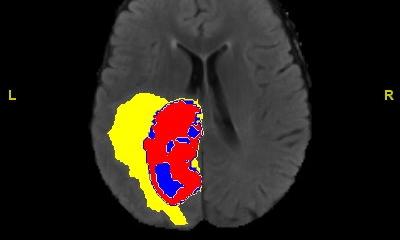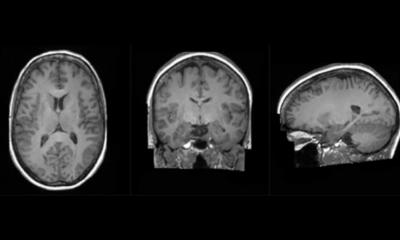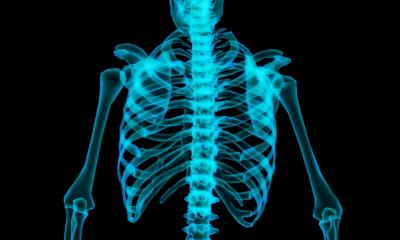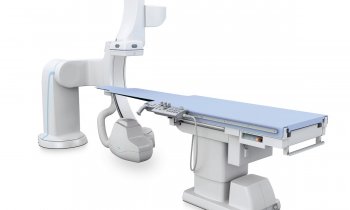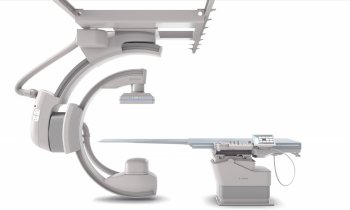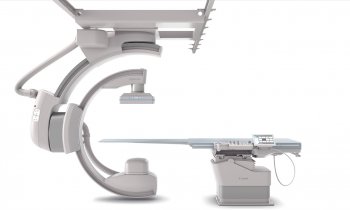Image source: Tian IY, Liu J, Womg MC et al., NPJ Digital Medicine 2025 (CC BY 4.0)
News • Deep learning-based approach
3D body composition analysis for assessing health risks
A recent study introduces an innovative method for analyzing body composition using advanced 3D imaging and deep learning techniques.
The study, “3D Convolutional Deep Learning for Nonlinear Estimation of Body Composition from Whole Body Morphology,” authored by researchers from Pennington Biomedical Research Center, University of Washington, University of Hawaii and University of California-San Francisco was recently published in NPJ Digital Medicine, a journal of the Nature portfolio.
This study introduces an innovative approach utilizing deep, nonlinear methods to enhance the estimation of body composition parameters, surpassing the accuracy of previous linear models. This advancement holds potential for improving assessments in clinical settings and research applications. Authors included Pennington Biomedical Research Center’s Dr. Steven Heymsfield, University of Washington’s Dr. Isaac Tian, Dr. Jason Liu and Dr. Brian Curless; University of Hawaii’s Dr. Michael Wong, Nisa Kelly, Yong Liu and Dr. John Shepherd; and University of California-San Francisco’s Dr. Andrea K. Garber.
“Dr. Steven Heymsfield has extensive experience in human obesity, energy balance regulation, and the development of methods for evaluating body composition,” said Dr. John Kirwan, Pennington Biomedical Executive Director. “His contributions to this field have been pivotal in advancing the understanding of human metabolism and the application of new technologies such as 3D optical imaging in medical research.”
This development represents a step forward in medical imaging and health assessment, offering a more reliable tool for clinicians and researchers to evaluate body composition and associated health risks. "To easily and quickly create a detailed digital map of a person’s body shape and then to use that information to generate not only accurate estimates of their body composition and health risks, but also corresponding 3D images, was almost unimaginable just a few years ago," said Dr. Heymsfield, Professor of Metabolism & Body Composition at Pennington Biomedical. "Technological advances like this require skills from a broad range of scientists and I’m pleased to have the opportunity here at Pennington Biomedical to work with colleagues from across the country and the world.”
Key highlights of the study include:
- Advanced imaging: The researchers utilized 3D imaging technology to capture detailed representations of the body's shape.
- Deep learning application: By applying sophisticated deep learning algorithms, the study achieved more precise estimations of body composition compared to traditional methods.
- Health implications: Accurate body composition analysis is essential for assessing health risks related to obesity, cardiovascular diseases, and other metabolic disorders.
Source: Pennington Biomedical Research Center
07.02.2025



